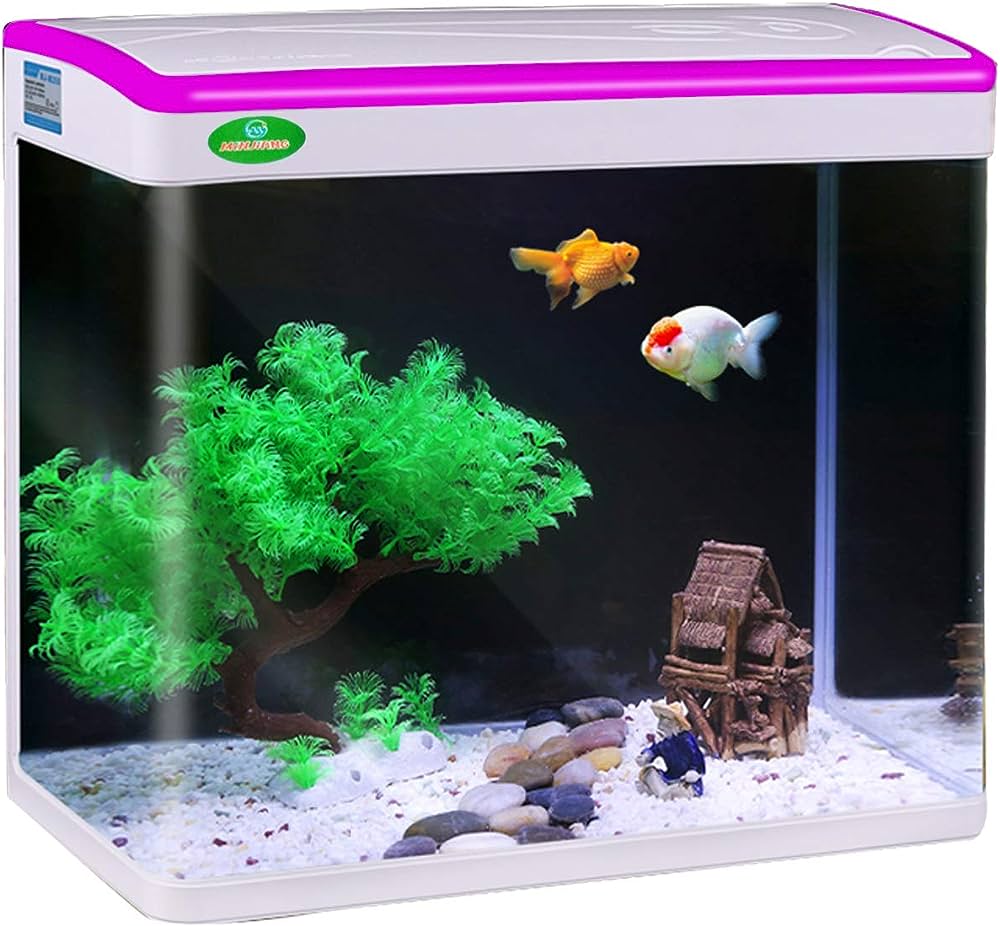There are a variety of intelligent aquarium equipment to use whether you want to reduce maintenance costs or boost the quality of your tank.
The AWES system guards your floors from flooding as well as the tank from salinity fluctuations through its sensor for liquid levels computer software, apps for smartphones. The AWES system automates several other aquarium aspects.
Aquarium Technology
Aquariums have seen a dramatic change due to the advancement of technology. The latest technology in aquariums, from intelligent lighting to automatic monitoring systems, helps aquarium owners maintain their tanks in good health.
Monitoring of water quality is among the essential techniques for aquariums. They are able to monitor vital parameters of water like pH, temperature and oxygen dissolving. The devices will alert the user of any anomalies they find in your water’s chemical composition.

Aquarium lighting with LED is yet another very popular choice. They provide high energy efficiency as well as programmable functions such as moonlight and daylight settings. They help improve the color and health of corals and your fish. They also consume less energy than metal Halide light sources. They are offered in a range of colors to complement your boat’s setup.
Automated Feeding Systems
The automated feeders dispense the specified amount of feed in a program-controlled schedule. These feeders are designed to fit the Aquaneering killifish tanks (2.8 L) which they utilize. They utilize the two holes on the front of the lid to feed.
Automated feeding systems need to be used with continuous monitoring to be sure that fish are following their preprogrammed schedules and the system works correctly. The novice farmer is likely to chase the feeder, switching it off, only to turn it back on, feeding too much on one occasion or insufficiently another.
They remain in power saving until they’re supplied. After that, the noncentral feeders turn the disc of acrylic, moving between the food hopper and an LED array and photoresistor and then back to the location of drop, in order in order to determine if 5 mg has been taken. (Figure 1. Figure supplement 1A). The onboard stepper motor determines the photoresistor’s resistance and determines whether a feed occurred.
Smart Monitoring Systems
The majority of aquariums require sophisticated ho ca equipment. Aquarists can manage and control these machines via a mobile phone. This technology can reduce time spent on conducting tests on water, checking the lighting, and even feeding fish.
Two main types are available that are available: monitors and controllers. A monitor simply tracks the parameters like pH, temperature, or turbidity. A controller is not just able to keep track of it but also operate equipment based upon that information.
Temperature controllers are one instance. It’ll automatically shut off the heating system if temperatures get too hot. A different example of this is a doser that could be set up to dose Fertilizers or Trace Elements. Additionally, it is capable of Balling Salts. There are also devices that monitor things like levels of evaporation as well as tank water levels and notify you via a pc software or smartphone app.
Aquariums that have Wi-Fi Controls
There are many things to be able to observe if you’ve got a saltwater or fish aquarium. It is important to monitor things like temperature of the water and pH, lighting, and pump operations to mention some.
Using an aquarium controller is the best method to automate this monitoring. Set up an automatic security feature that shuts off lights if temperatures rise dangerously.
Smart aquarium systems based on IoT can monitor all these parameters. It can be monitored from any location by a user through a mobile application. The system will also reduce human effort in maintaining well-maintained fish tanks, and will prevent unusual death of fish. The best aquarium controllers will allow you to instantly expand as your aquarium grows by offering a variety of modules and accessories.
Automated Water Change Systems
Water changes are an essential component of keeping fish in a aquarium. They replenish essential minerals, remove the toxins and waste, keep track of the salt and temperature of the water as well as ensure that the tank is maintained at a proper temperature. Smart water changing systems will automate the process of siphoning and replacing tank water in order to reduce time, energy and strain on your aqua life!
They typically comprise of a controller unit, tubing that connects to the aquarium and the reservoir, as well as a pump that runs according to a set schedule. The tubing is connected to a valve that permits you to regulate how much water flows through the tank and reservoir.
Neptune Apex DOS can also act as a control system for an aquarium reef. The system comes with a variety of functions, such as a water sensor in the tank, a one for the sump, as well as an ability to be floating in the reservoir.
Recent Comments